- Category
- Latest news
China’s Nuclear Arsenal Surpasses 600 ICBM Warheads, Closing Gap With US and Russia

China is rapidly accelerating the growth of its nuclear weapons program and is on track to match the United States and Russia in intercontinental ballistic missile (ICBM) numbers by 2030.
China’s arsenal is the fastest-growing in the world, projecting that the country has already amassed over 600 nuclear warheads—a figure that has surged from 410 in 2023 and 500 in early 2024, according to a report published by the Stockholm International Peace Research Institute (SIPRI) on June 16.
Since 2023, China has reportedly added around 100 warheads annually, reflecting a long-term strategic objective to bolster its nuclear deterrent and gain greater influence in global security affairs.
While China still lags significantly behind the US and Russia in total warheads, it is narrowing the gap in terms of deployed missile systems, particularly those with intercontinental range.
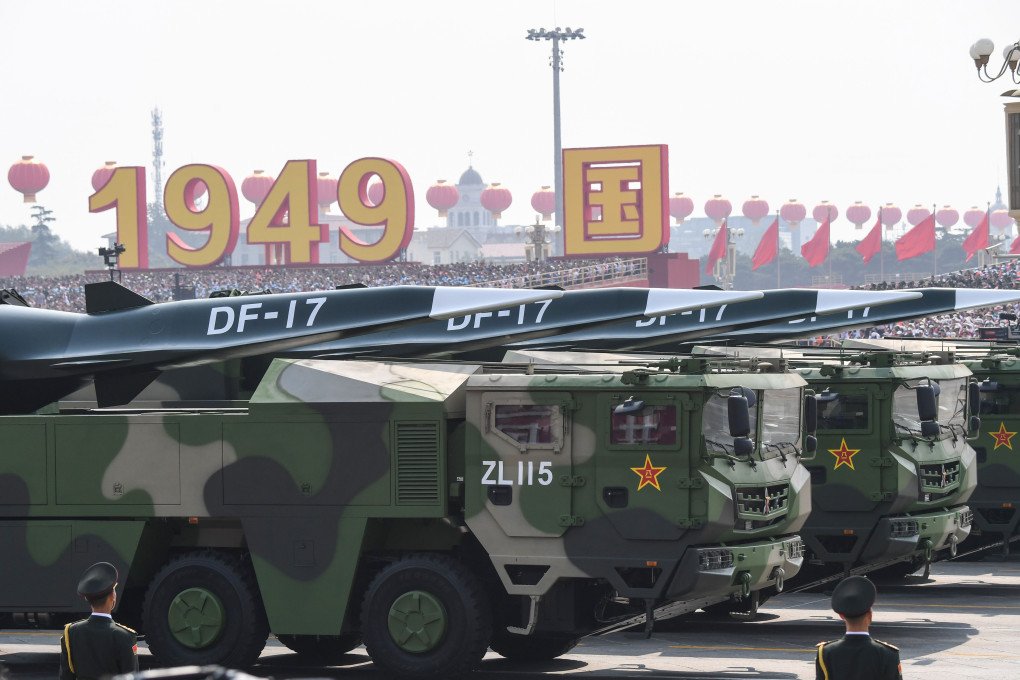
“If current trends continue, China’s emergence as a nuclear peer in terms of ICBM capabilities—though not total stockpile—could fundamentally reshape future arms control negotiations,” SIPRI noted.
China’s missile arsenal: from DF-5 to DF-41
China’s growing missile inventory features a combination of solid- and liquid-fueled systems, launched from both fixed silos and mobile platforms, enabling more flexible and survivable deployment options.
The most modern and powerful missile in its arsenal is the DF-41, capable of traveling over 12,000 kilometers and carrying up to ten independently targetable nuclear warheads (MIRVs ).
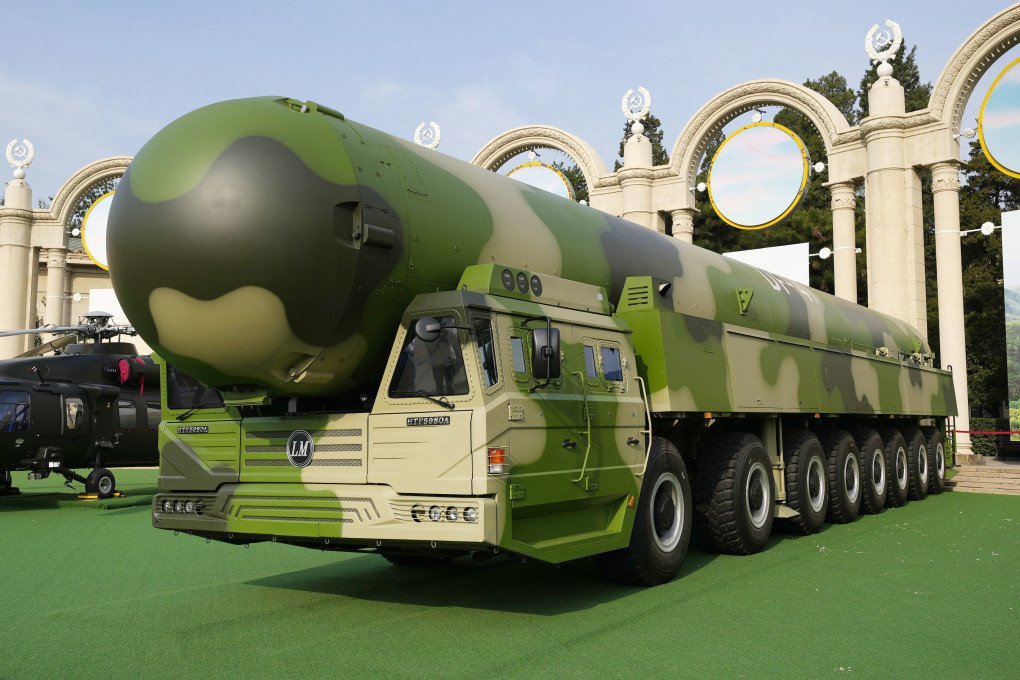
Older but operational systems such as the DF-5B and DF-5C use liquid fuel but are equipped with MIRV technology and are stored in reinforced silos to enhance survivability.
Meanwhile, the DF-31A and DF-31AG provide mobile second-strike options, further enhancing China’s nuclear posture.
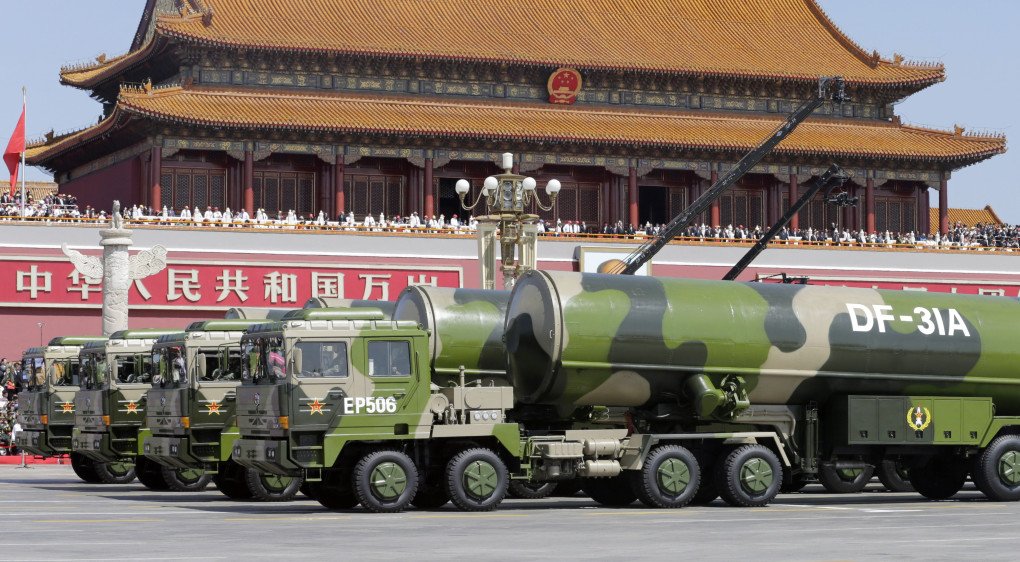
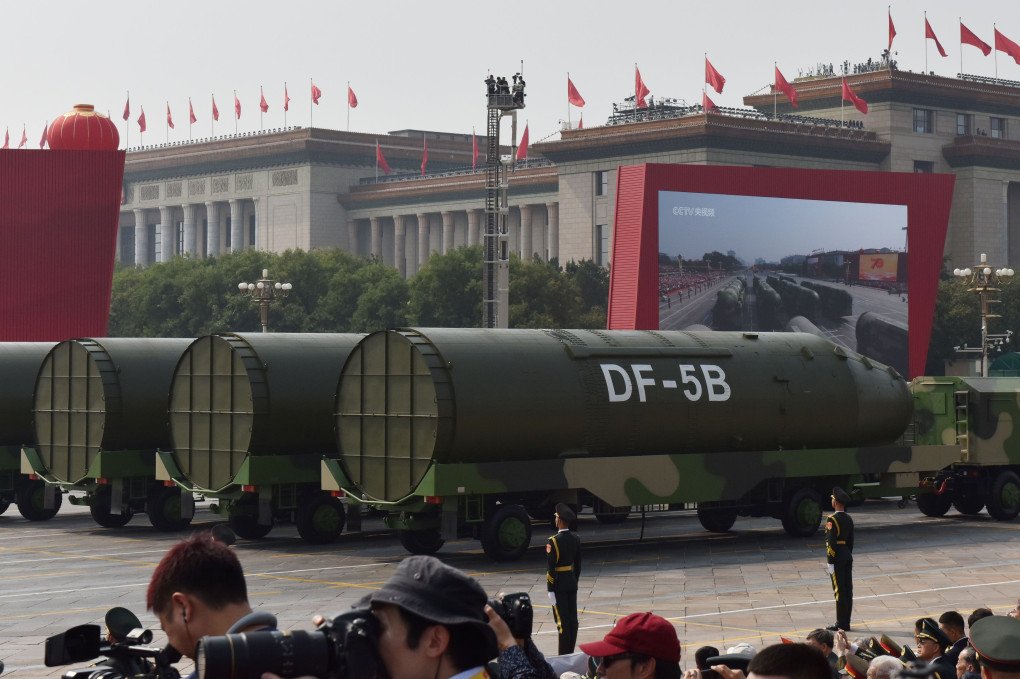
According to Army Recognition, SIPRI’s findings are consistent with assessments by the US Department of Defense, which estimates that China’s nuclear arsenal will surpass 600 warheads by mid-2025, to reach 1,000 by 2030 and potentially 1,500 by 2035.
By contrast, the United States currently possesses 5,177 nuclear warheads, and Russia maintains 5,459, together controlling nearly 90% of the world’s nuclear weapons.
Geopolitical fallout and calls for arms control talks
The rapid expansion has sparked concern in Western capitals. In February 2025, US President Donald Trump warned that China could achieve nuclear parity with the US within five to six years and called for renewed denuclearization talks involving both Beijing and Moscow.
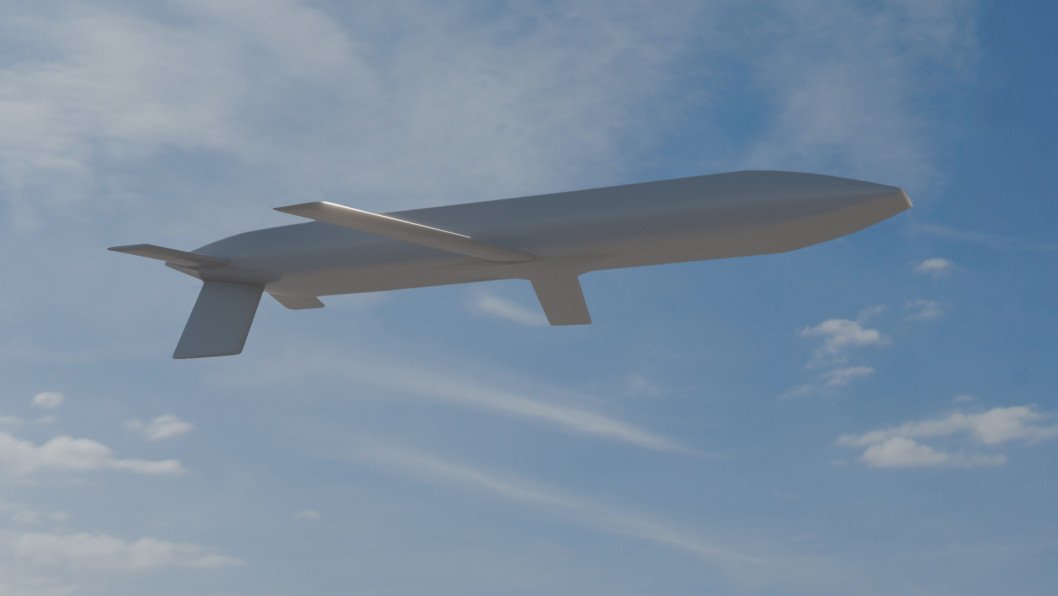
In response, Chinese Foreign Ministry spokesperson Guo Jiakun reaffirmed China’s “strictly defensive” nuclear policy and insisted its arsenal remains at the “minimum level necessary for national security.”
Guo also urged the US and Russia to lead the way by substantially reducing their nuclear stockpiles to pave the way for future multilateral disarmament negotiations.
China’s expansion, including the construction of hundreds of new missile silos in regions like Xinjiang and Inner Mongolia, suggests a strategic shift toward greater deterrence and readiness.
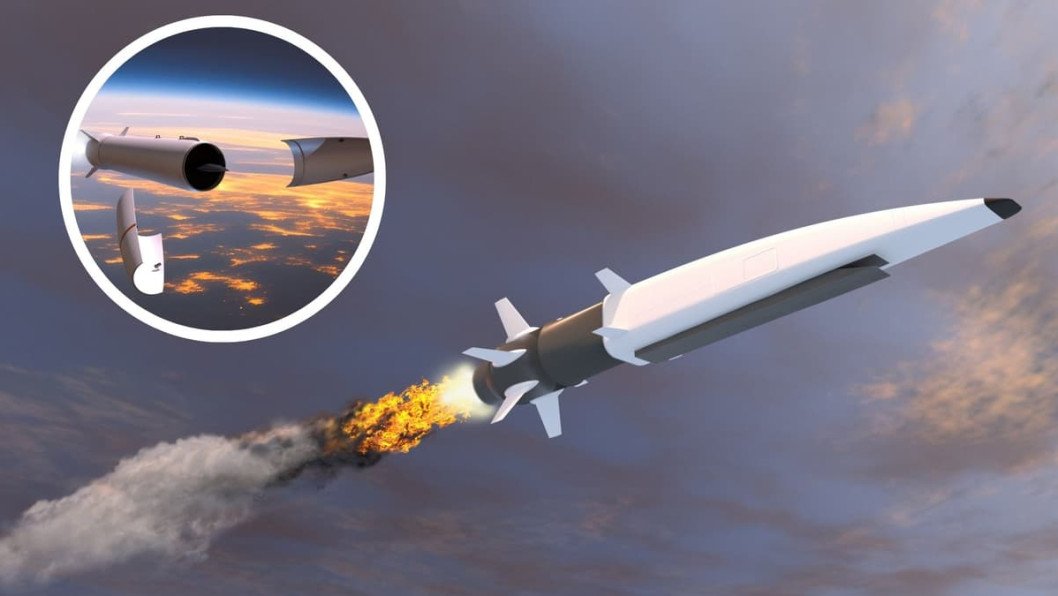
SIPRI analysts say this posture may be aimed at counterbalancing US and Russian doctrines—and possibly preparing for more assertive regional or global roles in the years to come.
Earlier, the United States began sharing highly classified intelligence on Chinese and Russian space activities with its Five Eyes allies, in what the US military has described as “momentous”.
Until April, the operations of Space Delta 9, a US unit specializing in orbital warfare, were strictly classified as “US eyes only” and accessible only to those with the highest security clearance.


-45ed3be17a7bb74903649ed9258196f8.jpg)
-72b63a4e0c8c475ad81fe3eed3f63729.jpeg)



